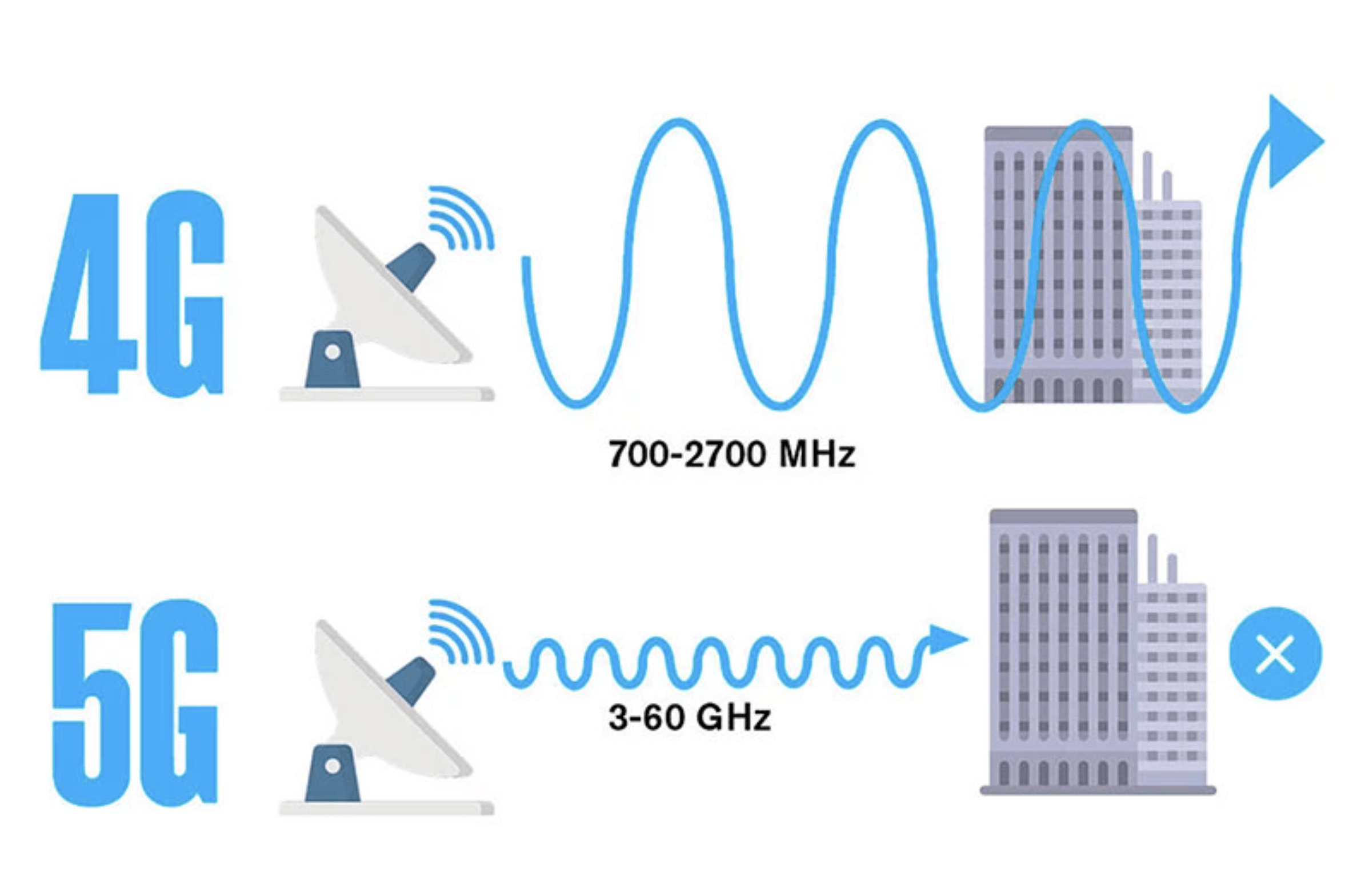AP – Airline passengers who have endured tens of thousands of weather-related flight delays this week could face a new source of disruptions starting Saturday, when wireless providers are expected to power up new 5G systems near major airports.
Aviation groups have warned for years that 5G signals could interfere with aircraft equipment, especially devices using radio waves to measure distance above the ground and which are critical when planes land in low visibility.
Predictions that interference would cause massive flight groundings failed to come true last year, when telecom companies began rolling out the new service. They then agreed to limit the power of the signals around busy airports, giving airlines an extra year to upgrade their planes.
The leader of the nation’s largest pilots’ union said crews will be able to handle the impact of 5G, but he criticized the way the wireless licenses were granted, saying it had added unnecessary risk to aviation.
Transportation Secretary Pete Buttigieg recently told airlines that flights could be disrupted because a small portion of the nation’s fleet has not been upgraded to protect against radio interference.
Most of the major U.S. airlines say they are ready. American, Southwest, Alaska, Frontier and United say all of their planes have height-measuring devices, called radio altimeters, that are protected against 5G interference.
The big exception is Delta Air Lines. Delta says it has 190 planes, which include most of its smaller ones, that still lack upgraded altimeters because its supplier has been unable to provide them fast enough.
The airline does not expect to cancel any flights because of the issue, Delta said Friday. The airline plans to route the 190 planes carefully to limit the risk of canceling flights or forcing planes to divert away from airports where visibility is low because of fog or low clouds.
The Delta planes that have not been retrofitted include several models of Airbus jets: all of its A220s, most of its A319s and A320s and some of its A321s. The airline’s Boeing jets have upgraded altimeters, as do all Delta Connection planes, which are operated by Endeavor Air, Republic Airways and SkyWest Airlines, the airline said.
JetBlue did not respond to requests for comment but told The Wall Street Journal it expected to retrofit 17 smaller Airbus jets by October, with possible “limited impact” some days in Boston.
Wireless carriers including Verizon and AT&T use a part of the radio spectrum called C-Band, which is close to frequencies used by radio altimeters, for their new 5G service. The Federal Communications Commission granted them licenses for the C-Band spectrum and dismissed any risk of interference, saying there was ample buffer between C-Band and altimeter frequencies.
When the Federal Aviation Administration sided with airlines and objected, the wireless companies pushed back the rollout of their new service. In a compromise brokered by the Biden administration, the wireless carriers then agreed not to power up 5G signals near about 50 busy airports. That postponement ends Saturday.
AT&T declined to comment. Verizon did not immediately respond to a question about its plans.
Buttigieg reminded the head of trade group Airlines for America about the deadline in a letter last week, warning that only planes with retrofitted altimeters would be allowed to land under low-visibility conditions. He said more than 80% of the U.S. fleet had been retrofitted, but a significant number of planes, including many operated by foreign airlines, have not been upgraded.
“This means on bad-weather, low-visibility days in particular, there could be increased delays and cancellations,” Buttigieg wrote. He said airlines with planes awaiting retrofitting should adjust their schedules to avoid stranding passengers.
Airlines say the FAA was slow to approve standards for upgrading the radio altimeters and supply-chain problems have made it difficult for manufacturers to produce enough of the devices. Nicholas Calio, head of the Airlines for America, complained about a rush to modify planes “amid pressure from the telecommunications companies.”
Jason Ambrosi, a Delta pilot and president of the Air Line Pilots Association, accused the FCC of granting 5G licenses without consulting aviation interests, which he said “has left the safest aviation system in the world at increased risk.” But, he said, “Ultimately, we will be able to address the impacts of 5G.”
Is 5G Making You Sick? Here’s What Experts Say
By Emily Laurence | Medically Reviewed, Elliot Dinetz, M.D. Functional Medicine / Family Medicine / Integrative Medicine
Jun 19, 2023
FORBES – If you own a smartphone or similar device, you could be using 5G. Cellular networks worldwide are rolling out the fifth-generation mobile technology, providing high-speed wireless connections.
But it can be unnerving to think about what’s transmitted through the air that we can’t see—particularly if there’s concern 5G may affect your well-being. If you’re worried electromagnetic radiation is connected to cancer or other health problems, find out everything you need to know about how 5G works, according to experts and research.
What Is 5G?
Developed in 2019, 5G is associated with the latest version of wireless communications being made available for broad public use, explains Christopher Collins, Ph.D., a professor of radiology at New York University.
When you use your phone to communicate with other devices, cellular data is sent through radio frequencies (RFs). Calls and other functions are connected through a series of base stations called “cells” that cover certain geographic regions, according to the Federal Communications Commission (FCC).
The radiofrequency 5G uses is higher than the previous iterations of wireless communication, including 4G and 3G, says Henk De Feyter, Ph.D., an assistant professor of radiology and biomedical imaging at Yale School of Medicine in New Haven, Connecticut. That’s what sets it apart. But otherwise, he says the technology works the same way, by producing electromagnetic waves for information to be sent and received.
5G EMF Waves and Radiation
Electromagnetic fields (EMFs) are invisible areas of energy caused by electromagnetic radiation being emitted. There are ionizing and nonionizing EMFs. The latter describes low-level radiation, or emission of energy through space and objects. Sources that transmit these waves include phones, computers, Bluetooth devices, power lines and even microwaves. Meanwhile, ionizing EMFs have much higher radiation, with sources including sunlight and x-rays.
The difference between the two matters greatly in terms of health and safety, notes Collins. “In human tissues, ionizing radiation at high enough doses is associated with an increase in cancer, most often skin cancer from the ultraviolet energy in sunlight” …READ MORE.



